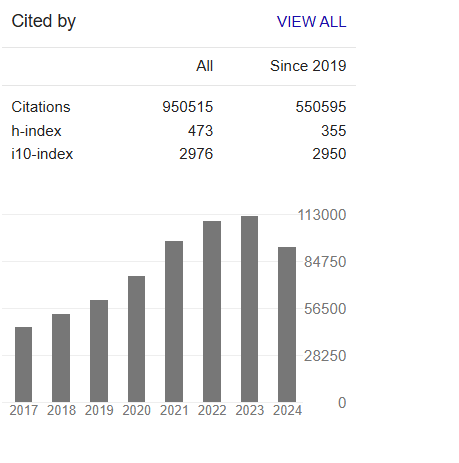Bioaccumulation of Pesticides in the Selected Group of Fishes from Chettuva Backwater, Thrissur, Kerala
Abstract
Sreekala Leelambika Krishnan
In an agricultural country like India, pesticides are a major aquatic chemical pollutant. The pesticides are a broad class of chemical and biological agents that damage or kill pests. There are mainly three groups of synthetic organic pesticides-organochlorines, organophosphates and carbamates. Fishes are the major vulnerable biotic components as they sequester the effects to higher organisms including man through food chain. In this paper an attempt has been made to study the levels of pesticide residues in order to elucidate the status of these chemical contaminants in fish meant for human consumption. Specimens were collected from Chettuva backwater in Thrissur district, Kerala. Samples were cleaned in tap water, muscle tissues dissected, minced into smaller pieces. Quantitative analysis of OCs, OPs and Carbomates were made with Gas Chromatography. The result revealed that among the OPs, Trizophos was detected maximum and it contributed more than 50% to the total OPs, whereas Phorate showed the least contribution. Among organochlorines pesticides, α-endosulfan and endosulfan sulphate were the most frequently detected pesticides. Percentage composition of endosulfan pesticide was also computed and the result revealed that endosulfan sulphate was detected the maximum. The level of total carbamate residue was also recorded. Among carbamate pesticides, Carbofuran were the most frequently detected pesticide. Percentage composition of carbamate pesticides revealed that the Carbofuran contributed more than 65% to the total Carbofuran pesticides.



